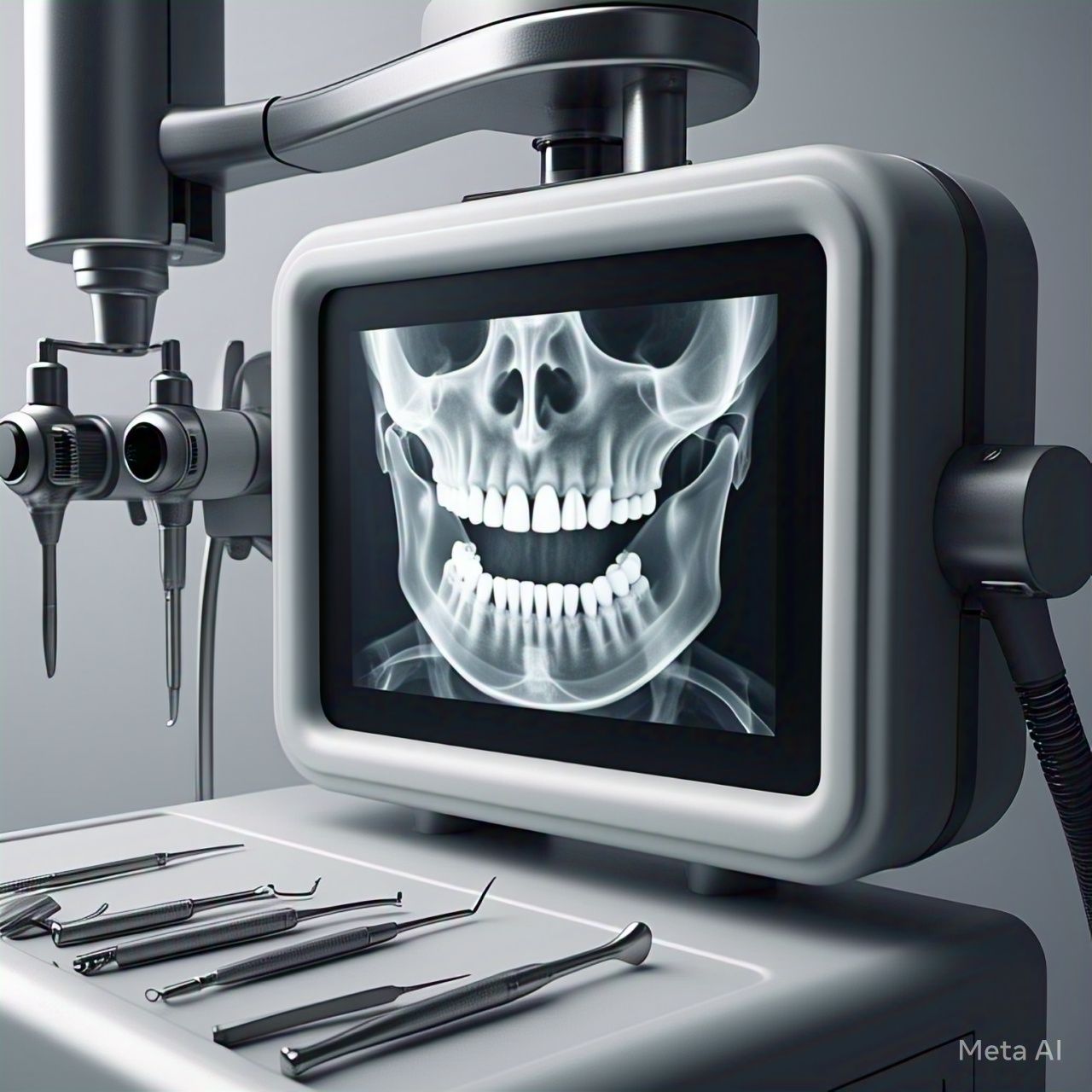Endodontics has come a long way from its early days of rudimentary root canal procedures. Today, modern technology has revolutionized the way dentists approach root canal treatments, making procedures more efficient, precise, and comfortable for patients. From AI-powered diagnostics to advanced instrumentation, let’s explore how endodontics is evolving in the 21st century.
1. Digital Imaging & AI Diagnostics
Traditional X-rays have given way to high-resolution CBCT (Cone Beam Computed Tomography) scans, providing a three-dimensional view of the tooth’s internal structures. With the integration of artificial intelligence, these scans can now be analyzed automatically, detecting minute fractures, hidden canals, and potential infections that might be missed by the human eye. AI-powered software assists dentists in diagnosing complex cases faster and with greater accuracy, ensuring better treatment planning and execution.
2. Nickel-Titanium Rotary Instruments
Gone are the days of manually filing root canals with stainless steel instruments. Nickel-titanium rotary files have become the gold standard in modern endodontics. These flexible and highly durable instruments allow for more efficient cleaning and shaping of the root canal system while reducing procedural errors like ledging or perforations. Additionally, newer heat-treated versions provide enhanced flexibility, minimizing the risk of file breakage.
3. Biocompatible Irrigation Solutions
The success of root canal therapy heavily depends on effective cleaning and disinfection of the canal system. Traditional sodium hypochlorite remains a key irrigant, but newer solutions like EDTA, chlorhexidine, and biocompatible chelating agents help improve bacterial elimination and biofilm disruption. Additionally, ultrasonic and laser-activated irrigation techniques enhance penetration and efficiency, ensuring optimal cleaning of complex canal anatomies.
4. Regenerative Endodontics
One of the most exciting advancements in endodontics is regenerative endodontic therapy (RET), which aims to preserve pulp vitality and stimulate the regrowth of dentin-like tissues. Stem cell research and biologically active materials like platelet-rich fibrin (PRF) and MTA (Mineral Trioxide Aggregate) are paving the way for new treatment protocols that could eliminate the need for conventional root canal treatments in some cases.
5. AI-Powered Endodontic Treatment Planning
AI is not only assisting in diagnostics but is also being used in treatment planning and execution. AI-driven software can suggest the ideal file sequences, estimate the required obturation length, and even predict post-treatment prognosis based on thousands of previously analyzed cases. As machine learning continues to evolve, dentists will be able to make more informed decisions, reducing the likelihood of retreatment and improving patient outcomes.
6. 3D Printing in Endodontics
3D printing technology is making its mark in various fields of dentistry, including endodontics. Custom 3D-printed endodontic guides ensure more accurate access cavity preparation, while 3D-printed educational models help practitioners enhance their skills before performing complex procedures on real patients. In the future, personalized bioprinted materials may even be used for pulp regeneration.

Conclusion: AI & Digital Integration are the Future
Modern endodontics is rapidly evolving, with AI-powered diagnostics, advanced instrumentation, regenerative techniques, and digital innovations reshaping the way dentists perform root canal treatments. As technology continues to advance, the field will see less invasive procedures, improved success rates, and better patient experiences.
Want to stay updated? Check out the latest updates on Wikipedia or explore AI-driven dental platforms to see how artificial intelligence is transforming endodontics today!
About the Author
Dr. Hajeera Banu is a skilled dentist who graduated from RGUHS in 2014 and has since built a successful career in the field. With a strong focus on implants, restorative dentistry, and aligners, she has honed her expertise to offer her patients the highest level of care. Based in Mysore, India, Dr. Banu runs her own private practice, where she combines advanced dental techniques with a patient-centered approach.
Her passion for dentistry extends beyond her practice; she stays up-to-date with the latest advancements in the field to ensure she delivers the best outcomes. Outside of her professional life, Dr. Banu enjoys blogging, where she shares insights and experiences from her dental journey, as well as her love for cooking and traveling. These interests help to balance her dynamic lifestyle, and she continues to seek personal and professional growth in all aspects of her life. Dr Hajeera Can be contacted on dentistryunited@gmail.com

